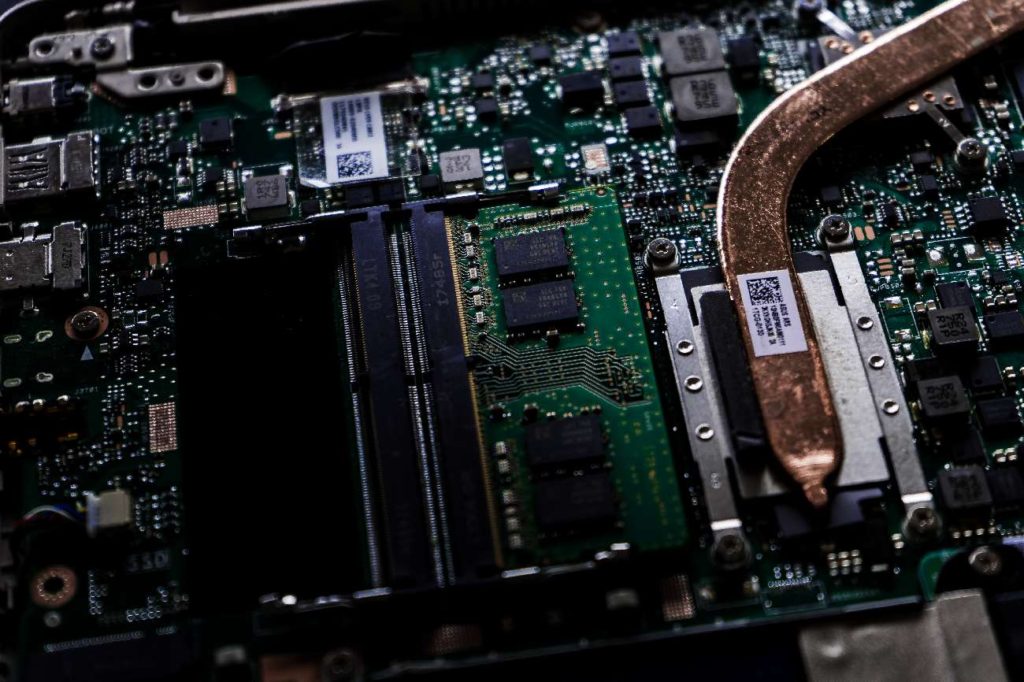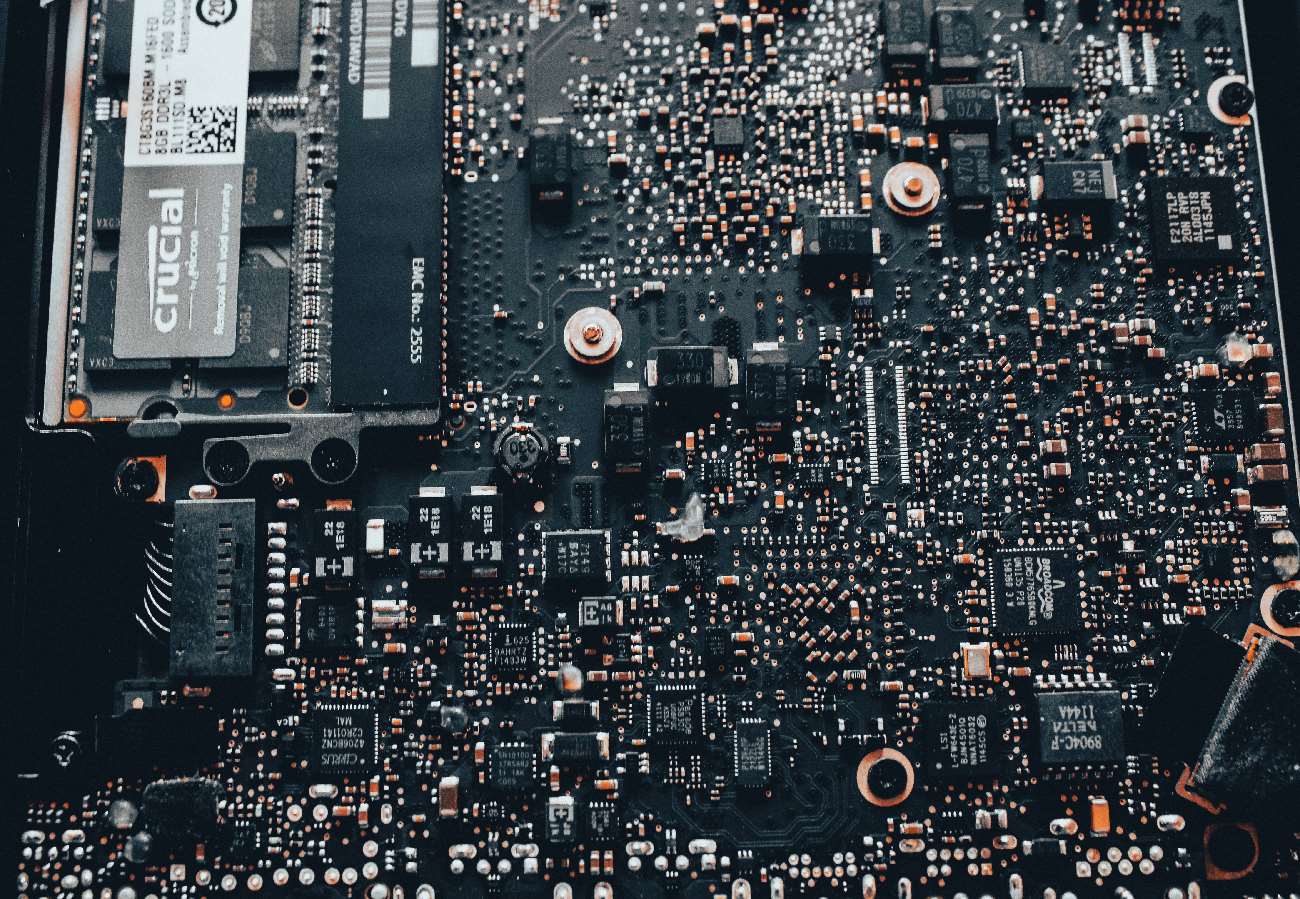Laptops are among the best inventions for productivity due to their portability and functionality. However, laptops are mobile and portable devices, so they are vulnerable to damage, such as spills and accidental damage. Consequently, the motherboard is typically one of the first components to fail in a laptop.
If your laptop motherboard fails, you can consider installing a replacement motherboard. However, it may be difficult to find the correct replacement motherboard and install the motherboard afterwards. Once you’ve purchased the new motherboard, follow this guide to learn how to replace the laptop motherboard.
Signs of a Faulty Motherboard
Replacing your laptop motherboard involves several steps, which we’ll discuss below. However, let’s discuss some signs showing that your motherboard needs replacing.
- Your computer starts up very slowly.
- Your laptop’s peripherals malfunction.
- Unexpected display problems and freezes.
- The odor of burning or melted plastic.
Causes of a Faulty Motherboard
Now that you know a few signs of a problematic motherboard, here are three causes of a faulty motherboard.

Electrical Surges
Electrical surges can harm the circuits on a motherboard. Keep in mind that motherboards run on Direct Current. Therefore, connecting your laptop to a power outlet with frequent fluctuations may lead to motherboard damage.
Even though the damage may not be immediately noticeable, it can harm your laptop’s motherboard over time. We recommend investing in a top-quality surge protector to protect your computer from electrical surges.
Overheating
Overheating can also lead to your motherboard getting damaged. This can occur as a result of electrical fluctuations and using the laptop on a soft surface.
You can avoid overheating by keeping the vents clear, switching off the computer after intense use, using the laptop on a hard surface, and using it in a cool area. Installing temperature monitoring software can help you track your laptop’s internal temperature.
Impact or Moisture
Your laptop falling or getting hit by another object can also damage your laptop’s motherboard. Moisture from spills can also damage some motherboard components, leading to failure. If you spill anything on your laptop, it’s best not to restart it immediately. Try taking the computer to a professional repairer for cleaning, so you don’t end up spending more money on replacement.
Steps to Replacing Laptop Motherboard
Replacing a laptop motherboard can be tricky if you’re not sure about what you’re doing. Fortunately, we’ll break things down and look at the steps to take when replacing a laptop motherboard.
- First, consult the laptop’s manual for instructions on removing components, or watch a YouTube video for a more definitive guide.
- Unplug the laptop if it is connected to a power supply and remove the battery and turn the laptop over to access the screws underneath.
- Remove the screws that hold the optical drive and hard drive in place. Then, take them out and place them aside.
- Take off the cover of the memory access. Then, remove each module by loosening the clips that hold the memory chips in place.
- If the computer has one, open the processor access door. If the processor is detachable and isn’t included in the replacement motherboard, remove it and store it somewhere safe.
- Begin by removing every screw underneath the laptop that holds the case together. Ensure you use the right screwdriver for the job, so invest in a screwdriver set before starting the job.
- Gently open the laptop case. Ensure you do this carefully, as there could be clips that can break if forced open.
- Before disassembling anything else, draw a diagram of the component locations. This will assist you in correctly assembling the machine once the job is completed.
- Disconnect the wires that are connected to the motherboard. Afterward, unplug any cards (such as the video card) that aren’t soldered on the motherboard, such as the video card.
- Afterward, locate and unscrew the motherboard’s mounting screws. Then, remove the faulty motherboard and replace it with the new one. Then, reassemble all the components in reverse order.
Turn on your laptop to verify if the new replacement works. However, if the laptop does not turn on, you will need to troubleshoot to figure out what went wrong.
Conclusion
It is rather simple to replace your laptop’s motherboard if you know what you’re doing. Simply follow our ten steps for replacing your laptop motherboard. However, ensure you take the necessary precautions, such as carefully opening the laptop case, mapping out how the laptop’s components are placed, and keeping the screws in a secure location.
Frequently Asked Questions
While upgrading a CPU is not difficult, you must exercise caution because there is a risk of damaging the CPU and the motherboard. So, first and foremost, choose a CPU compatible with your motherboard.
Replacing your laptop’s motherboard is a more cost-effective solution, especially considering the rising cost of new laptops.
A motherboard can last anywhere from 5 to 10 years. However, motherboards can also fail in less than a year. It truly is a game of chance.
In most cases, you can connect your old hard drive to a new motherboard and continue as before. However, as previously stated, if the hard drive can’t be configured for the new motherboard, you may need to install a new version of Windows.
When replacing your laptop’s motherboard, you shouldn’t lose any personal files. However, if you have to reinstall Windows because your hard drive wasn’t configured correctly, you may need to back up your files before reinstalling.

